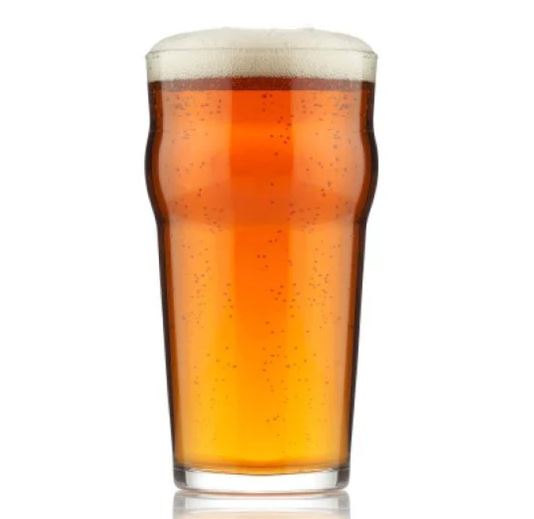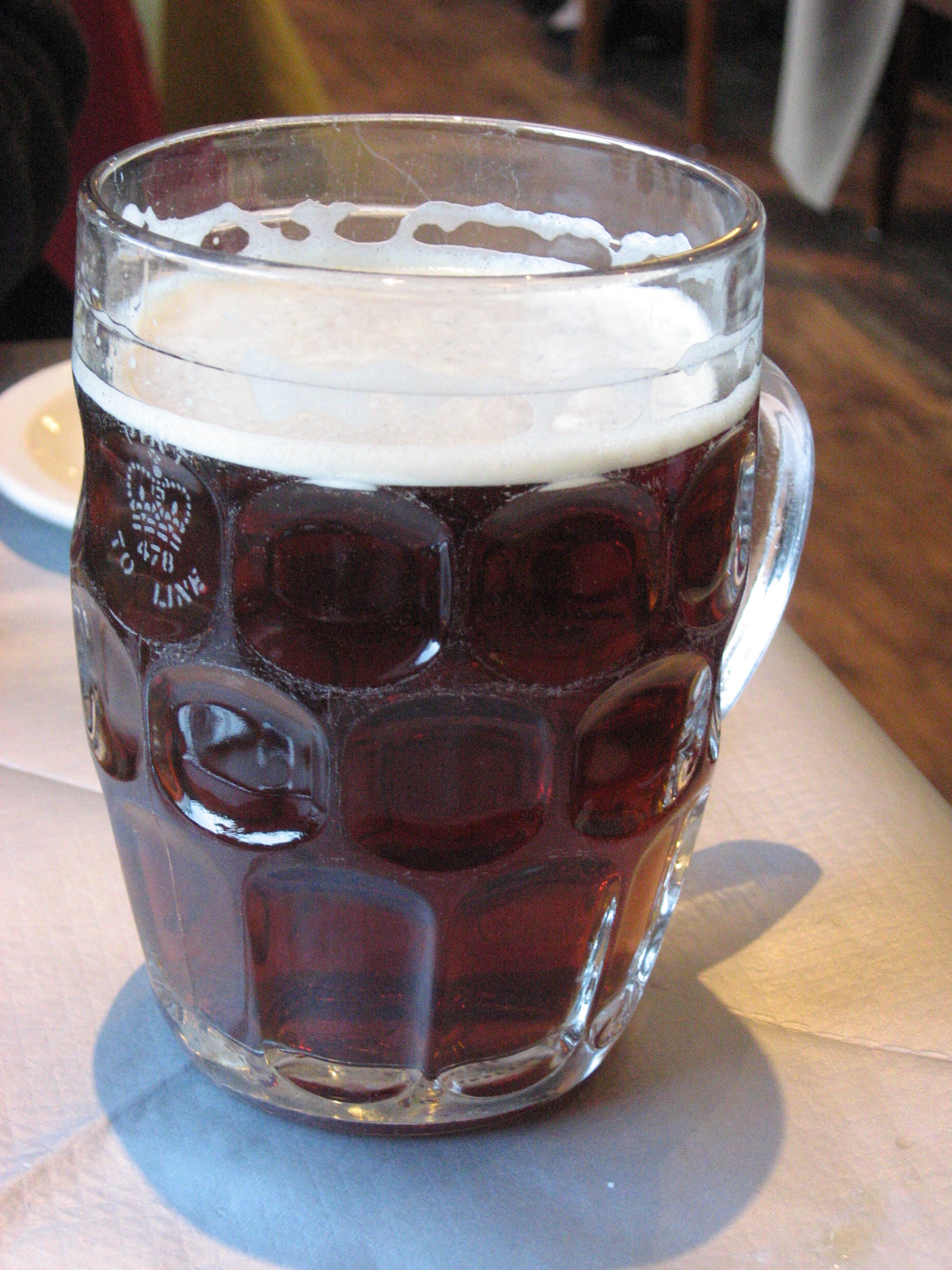Exploring the Distinctions: English Pale Ale vs. English Ale
What is the difference between an English Pale Ale and an English Ale?!
In the world of beer, the nuances between different styles and categories can sometimes be subtle yet significant. One such example is the distinction between English Pale Ale and English Ale, both of which hail from the rich brewing traditions of England. While they share common origins, these two beer styles offer unique characteristics and flavor profiles that cater to a diverse range of tastes among beer enthusiasts.
English Pale Ale
 English Pale Ale stands as a distinguished subcategory within the broader spectrum of English ales. It is a brew that embodies a delicate equilibrium between malt sweetness and hop bitterness, resulting in a harmonious and refreshing drinking experience.
English Pale Ale stands as a distinguished subcategory within the broader spectrum of English ales. It is a brew that embodies a delicate equilibrium between malt sweetness and hop bitterness, resulting in a harmonious and refreshing drinking experience.
One hallmark of English Pale Ale is its moderate to high level of hop bitterness, which imparts a refreshing and slightly bitter taste profile. This bitterness, while present, is often well-balanced by the malt sweetness, offering a nuanced flavor journey with each sip.
In terms of appearance, English Pale Ales typically exhibit a medium body and showcase a captivating golden to copper hue, inviting drinkers to indulge in its visual allure. Moreover, these ales may feature a spectrum of hop aromas and flavors, ranging from fruity and floral notes to earthy undertones. Complemented by a biscuity or caramel malt backbone, English Pale Ales offer a complex yet approachable flavor profile that appeals to seasoned beer enthusiasts and newcomers alike.
Examples of English Pale Ales include beloved styles such as Extra Special Bitter (ESB), Ordinary Bitter, and Best Bitter, each offering its own unique twist on the classic English Pale Ale tradition.
English Ale
 In contrast, English Ale represents a broader category that encompasses a diverse array of ale styles originating from England's rich brewing heritage. Unlike English Pale Ale, which occupies a specific niche within this spectrum, English Ale encompasses a wide range of beer styles, each with its own distinct characteristics and flavor profiles.
In contrast, English Ale represents a broader category that encompasses a diverse array of ale styles originating from England's rich brewing heritage. Unlike English Pale Ale, which occupies a specific niche within this spectrum, English Ale encompasses a wide range of beer styles, each with its own distinct characteristics and flavor profiles.
English Ale boasts versatility, encompassing styles such as Pale Ales, Bitters, Mild Ales, Porters, and Stouts, among others. While some of these ales may fall under the Pale Ale category, others diverge into different flavor territories based on their unique brewing methods and ingredients.
One defining trait of English Ale is its moderate to low hop bitterness, which is often balanced by a rich maltiness and a nuanced interplay of flavors. These ales are renowned for their depth of character, often featuring fruity esters derived from traditional English ale yeast strains. The result is a diverse range of ales that vary in color, flavor, and strength, catering to a broad spectrum of tastes and preferences among beer aficionados.
In summary, while English Pale Ale and English Ale share common origins and brewing traditions, they offer distinct characteristics and flavor profiles that set them apart. English Pale Ale embodies a specific style of English ale characterized by its balanced malt and hop profile, moderate bitterness, and inviting golden to copper color. In contrast, English Ale encompasses a broader category of ale styles, each offering its own unique interpretation of England's rich brewing heritage.
Whether enjoying the nuanced flavors of an English Pale Ale or exploring the diverse landscape of English Ale, one thing remains certain: both offer a delightful journey into the world of traditional English brewing, inviting enthusiasts to savor the rich tapestry of flavors and aromas that define these beloved beer styles.

